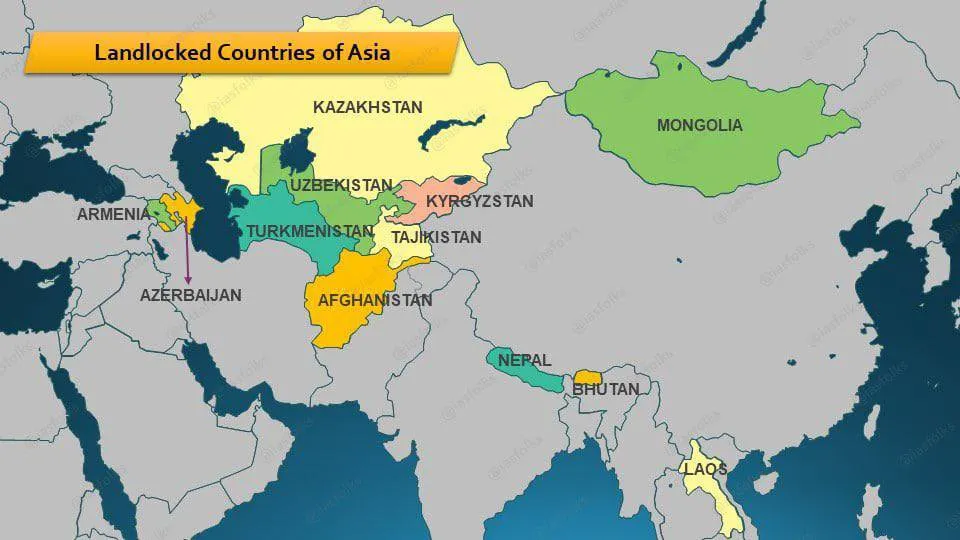Kyrgyzstan sits in the middle of Central Asia, surrounded by those crazy Tian Shan mountains, and it’s got a story that’s all its own. It’s not just about the Kyrgyz people, it’s a wild mix of nomads, Soviet leftovers, and a bunch of different folks figuring out who they are as the world shifts around them. From yurts in the highlands to the busy markets in Bishkek, this identity is growing, and it’s worth digging into. Let’s talk about where it comes from, what’s keeping it alive, and how it’s holding up with all the changes hitting the globe.

Quick Checklist to Get It
- Grab the nomadic roots: yurts, Manas, and Tengrism are key.
- See the ethnic mix: Kyrgyz, Uzbeks, Russians, and more shape it.
- Feel the Soviet echo: it built language and borders but caused fights.
- Watch the kids: they’re mixing global and local.
- Dig the culture: art, food, and games hold it up.
- Know the struggles: tribalism, politics, and borders test it.
Where It All Started
This place has history going back thousands of years. The Kyrgyz, who make up most of the population—around 74%—came from tough Turkic nomads who roamed Siberia’s Yenisey Valley before settling in these mountains by the 9th century. They lived in yurts, rode horses like pros, and followed Tengrism, a belief that tied them to nature, the sky, and spirits. Their big claim to fame is the Epic of Manas, a massive poem with half a million lines about a hero uniting 40 tribes against enemies. You can still hear it today from storytellers called manaschis, and it’s even on UNESCO’s cool list of cultural treasures.
But it’s not just Kyrgyz here. Uzbeks (14%), Russians (7%), and smaller groups like Dungans and Uyghurs bring their own flavors. That mix is what “Kyrgyzstani” really means, more than one story. The Soviets rolled in during the 1920s and tried to mash everyone into one big system, but they also drew borders that left Uzbeks and others inside, which caused some fights. When the USSR fell in 1991, Kyrgyzstan didn’t exactly cheer; people voted against independence at first, worried about going it alone. Since then, building a shared identity has been a rollercoaster, but it’s starting to take shape.
The Nomad Life That Still Matters
If you want to get a Kyrgyzstani identity, check out a yurt. It’s not just a tent, it’s home, family, and a way to survive. The flag shows it off with a 40-rayed sun and a yurt top (tündük) in the middle, tying back to those nomadic days. Stuff like falconry, horse games called Ulak Tartish, and felt carpets called shyrdaks are still around, not just for show. Women in places like Naryn still weave shyrdaks by hand, passing down patterns their grandmas used. Food’s a big part too, think mutton, horse meat, and kumyss, that funky fermented mare’s milk. Even city folks cook with sheep fat and swear it’s good for you.
Most people here, about 90%, are Muslim, Sunni mostly, since Islam showed up around the 10th century. But it’s got a Kyrgyz twist, like burning juniper to chase off bad spirits or mixing old holiday clothes with new traditions. Some younger folks, especially the proud ones, dig into Tengrism as the “real” Kyrgyz way, even if they hit the mosque on Fridays. That blend of old beliefs and modern life is what keeps this identity feeling fresh.
What the Soviets Left Behind
The Soviet days left a deep mark. They got literacy up to 97%, built schools, and turned Kyrgyz into a written language with Cyrillic letters. But they also stomped out tribal ties and religion, trying to make everyone “Soviet.” Stalin’s borders didn’t help; sticking Uzbeks in the south led to clashes like the 1990 Osh riots, where hundreds got hurt. When independence hit in 1991, Kyrgyzstan was a newborn nation with no real history of running itself, just a bunch of tribes and ethnic groups figuring things out.
Askar Akayev, the first president, wanted a “Kyrgyzstani” identity that included everyone, not just Kyrgyz. He pushed the Epic of Manas hard and even threw a big party in 2003 for 2,200 years of “statehood,” basing it on some old theory about ethnic roots. But corruption and ethnic fights messed it up. The 2005 Tulip Revolution booted him out, and Kurmanbek Bakiyev took over, leaning on Kyrgyz pride. That blew up in 2010 with Osh clashes between Kyrgyz and Uzbeks, up to 2,000 dead, thousands displaced. Those wounds still hurt, but they’ve also got people working toward a bigger, more inclusive vibe.
How It’s Growing Today
Right now, Kyrgyzstani identity is picking up speed, though it’s not smooth sailing. The country’s had three big power switches since 1991, 2005, 2010, and 2020, making it a bit of a wild card in the region. It’s got a semi-democratic feel, with a calm handoff in 2017, but the 2021 constitution went back to a strong president, which worries some folks about losing that openness.
Kids are leading the charge. They’re into Kyrgyz stuff, wearing kalpaks (those cool hats), playing the komuz (a three-string lute), and watching kok-boru, where horseback riders wrestle over a goat carcass. On X, you’ll see them posting pics from festivals or sharing Manas tales. But they’re also global, studying overseas, picking up English, and mixing in Western trends. That’s creating a new Kyrgyzstani, someone who loves the old ways but isn’t afraid to try new things.
Ethnic stuff’s still tricky. Uzbeks in the south get flak, and Russian-speakers in the north feel the squeeze as Kyrgyz takes over. A new law in 2025 made Kyrgyz the top language, which ruffled feathers. But there’s hope, Uzbek media’s creeping back, and moderates are pushing a “Kyrgyzstani” idea that fits everyone. The government’s even got a plan called “The Concept on Strengthening National Unity” to ease tensions and build a shared feel.
Culture Keeping It Together
Culture’s the glue here. Writers like Chingiz Aitmatov put Kyrgyzstan on the map with books like Jamila, mixing Soviet style with Kyrgyz soul—his stuff’s in over 100 languages. Painters like Semyon Chuikov showed off the mountains and people, snagging awards like the Stalin Prize. Now, films like Black Red Yellow won Best Picture at the 2025 Shanghai Film Festival, putting the country’s story out there.
Crafts are big too. Women in villages make felt rugs and tush kiyiz wall hangings by hand for homes and weddings. Music’s alive with komuz jams at festivals, and the World Nomad Games bring in crowds to cheer on nomadic sports. It’s not just tradition, it’s a way to pull people together.
The Tough Spots Ahead
This identity’s rising, but it’s got bumps. Geopolitics is a mess, China’s pushing trade, Russia’s still around, and the U.S. throws in cultural stuff. People on X argue about keeping traditions or going global. Money’s tight too, low wages and shaky healthcare make some cling to ethnic pride, which can spark fights.
Tribalism’s a headache. Northern Kyrgyz are more industrial, southern ones are farm-focused and crowded. That split fueled power struggles, like when Bakiyev favored the south, and the 2010 Osh clashes showed how bad it can get. Moderates are trying to fix it, but it’s slow.
Media’s another issue. Kyrgyzstan’s got freer press than neighbors, but 2022 and 2023 saw blocks on outlets like ResPublica for “fake news.” That kills open talks. Plus, stuff like domestic violence and the 2023 “LGBT+ propaganda” law, which got heat for targeting minorities, clashes with the inclusive vibe some want.
Cool Stuff You Might Not Know
- Mountain Pastures: Those yurts where herders take sheep in summer aren’t just scenery, they’re tied to who Kyrgyzstani people are. Protecting them links money and culture.
- Language Mix: Kyrgyz rules now, but Russian’s big in cities, and kids are learning English to go global. Rural folks stick to dialects, splitting city and village vibes.
- Border Trouble: Messy lines with Uzbekistan and Tajikistan, plus a 2021 clash, make unity harder when neighbors feel like rivals.
- Diaspora Love: Kyrgyz in the U.S., like with the Kyrgyz American Foundation, host events to keep traditions alive, boosting pride back home.
- Water Pride: With 30% glaciers and rivers like the Naryn, people see nature as part of their identity and want to save it from climate change.
Why It’s Taking Off Now
Kyrgyzstani identity’s kicking up because the country’s at a turning point. Young folks mix yurt life Instagram posts with study-abroad dreams. The government pushes culture with language laws and Nomad Games while trying to include all ethnic groups. That Shanghai Film win put them on the radar. But ethnic fights, money woes, and political twists keep it shaky.
Still, there’s pride growing. The Epic of Manas reminds them of sticking together. The yurt’s a sign of toughness. Being Kyrgyzstani means everyone in these mountains finds a common ground. If they can blend the old with the new, this identity’s got a solid shot in a changing world.

